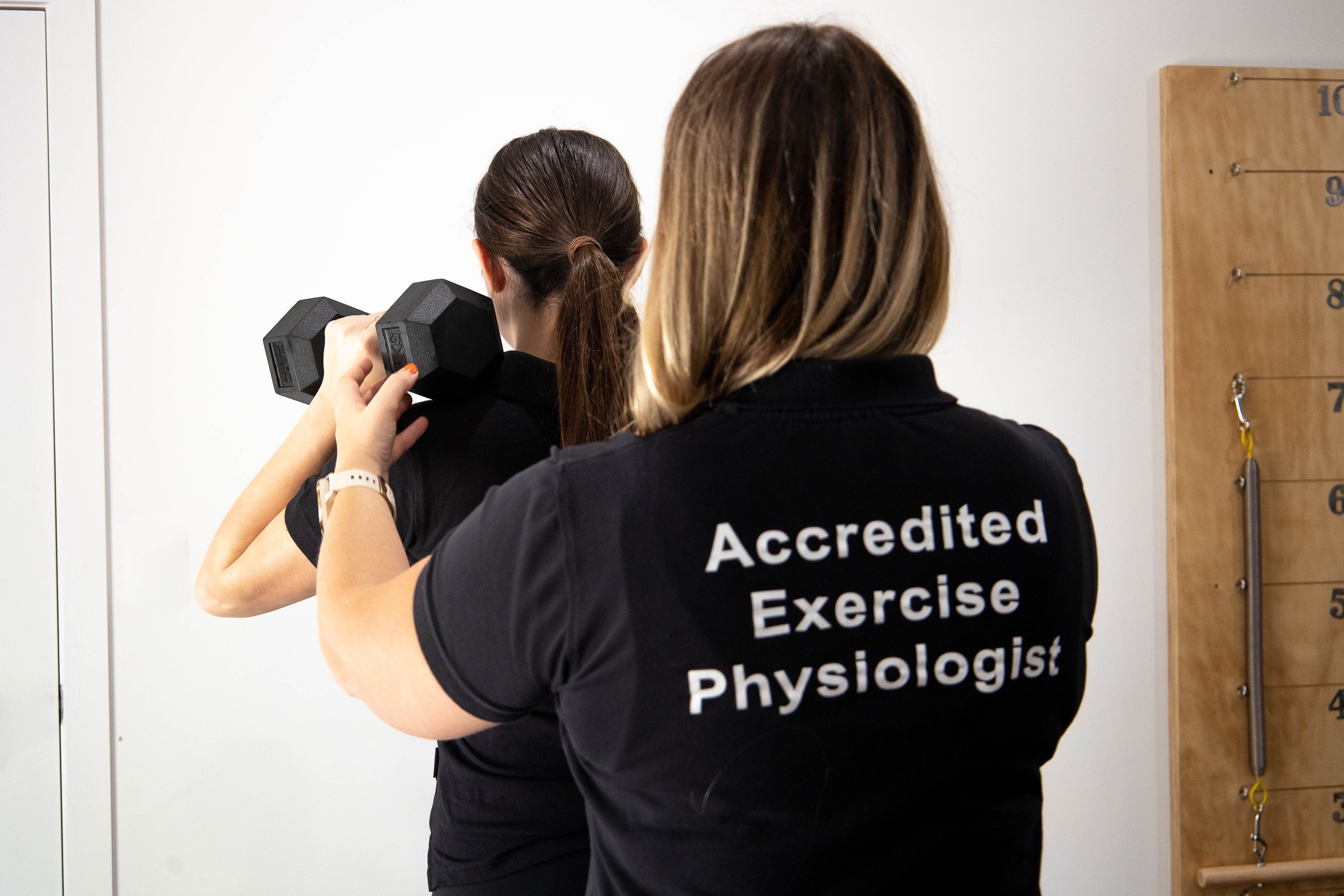Is Exercise a struggle for your POTS? We can help!
Postural Orthostatic Tachycardia Syndrome (POTS) is a complex condition of the autonomic nervous system, which falls under the umbrella term of Dysautonomia. Predominantly affecting women, we also see an increased frequency of POTS in those with co-morbid conditions like Ehler’s Danlos Syndrome (EDS) and Hypermobility Spectrum Disorder (HSD). One of the most crucial strategies for managing POTS and improving overall well-being is exercise, however can be one of the most negatively-impacted part of a woman’s life.
The challenges of POTS- why is exercise so hard?
POTS is characterised by a rapid increase in heart rate when changes postures (like sitting up from a lying position, and standing up), and leads to a variety of debilitating symptoms such as dizziness, fatigue, and heart palpitations. When it comes to physical activity, these symptoms often present a barrier by affecting both physiological and psychological factors. These challenges can include:
Exercise intolerance: Decreased endurance, nervous system dysregulation and fatigue all can contribute to exercise intolerance, and often cause difficulty for not only commencing exercise, but also maintaining consistency and progressing. This can often lead to feelings of frustration and defeat, where exercising to even a small degree becomes an impossibility.
Fluctuating symptoms: POTS symptoms can fluctuate with changes in frequency and severity, and are not always predictable. This further contributes to the strain of establishing a consistent exercise routine.
Fear and anxiety: As the nervous system is dysregulated, the symptoms of POTS can be distressing be on their own. This is only further exacerbated during exercise in women who may have experienced symptom-onset during physical activity. Fearful of the risk in potentially causing an event, it is not uncommon for those with POTS to avoid exercising as a result of previously distressing experiences.
Combined health conditions: As previously mentioned, POTS is often not seen alone, and the difficulty of managing multiple health conditions (let alone through exercise) can often feel incredibly overwhelming.
How our Exercise Physiologists can help
Our team at any.BODY is trained not just in exercise prescription for chronic health conditions, but are also experts at problem solving and adapting to how your health is presenting on the day we see you! With a condition like POTS where your symptoms can fluctuate daily, we are confident we can assist you to safely, effectively, and enjoyable move, while managing your symptoms.
What we prioritise:
Individualised exercise programs: Exercise is never a one-sized fits all situation, and POTS management is no different. Our team will discuss with you how your individual history and experience affects your day to day life and exercise, and will work with you to create a plan that addresses your symptom-specific needs, co-morbidities, and is flexible based on how you present each session.
Holistic approach: At any.BODY we don’t just look at your condition, we look at YOU. Your lifestyle, mental health, relationship with exercise and understanding of health all impact your ability to exercise safely and enjoyably, and are necessary to discuss and factor into your POTS management plan for optimal wellbeing.
Exercise set up: As a pilates studio we are well-equipped for finding the best positions for you to exercise in. Our exercise physiologists are able to plan your program that minimises frequency of postural changes, where multiple exercises can be completed in the same position for different outcomes. Depending on your personal needs, we are able to cater for a range of symptom severity- including a full 45min session laying on your back if that is what you require on the day!
Hydration: Keeping up your water intake is always important, but especially for those with POTS. We encourage hydration and electrolyte use particularly during sessions.
Acknowledging progress is not always linear: When introducing exercise and progressing your programming, gradual changes and starting slow is key. This is how exercise tolerance and endurance can be increased, while decreasing the risk of causing symptoms. However, it is also important to recognise that your progress may not always be obvious, and often symptom flare-ups can feel like you’re going backwards. Our exercise physiologists work with you as a team to ensure your program changes are appropriate and adaptable, but we also help to remind you of how far you’ve come when it’s hard to see yourself.
Communication and discussion: Our team is always in constant communication with you during sessions, which is how we prioritise your programming suitability for the day, and help you feel empowered and autonomous in your exercise journey. It’s also how we monitor your symptoms as a client-practitioner team, ensuring that we stay adaptable as needed.

